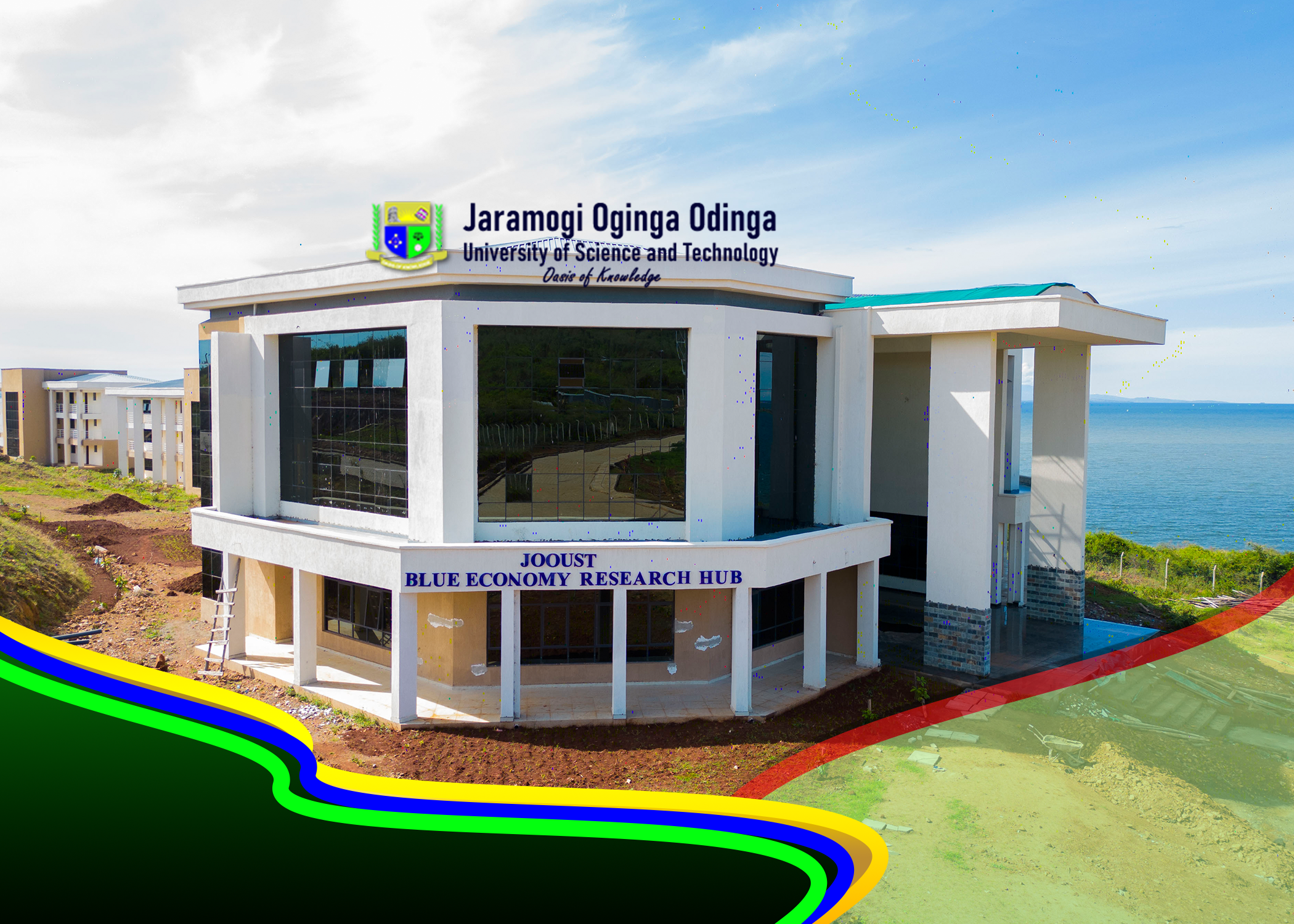Key objectives of the Centre include:
-
Supporting the creative economy by partnering with stakeholders to build capacity in cultural production, especially among the youth involved in artistic practices.
-
Advancing research on cultural artifacts for sustainability, commercialization, and environmental conservation.
-
Leveraging interdisciplinary approaches by combining archaeology, anthropology, art, history, and material sciences to analyze and conserve historical artifacts and structures.
Located in a region rich in cultural heritage, the University is well-positioned to support local communities by utilizing traditional industries and cultural practices for socio-economic development. The Centre also aims to promote cultural tourism, leveraging sites like Got Ramogi, Kit Mikayi, and Thimlich Ohinga World Heritage Site, among others.
The Centre will drive innovation, research, and community engagement by exploring the impact of cultural heritage on socio-economic growth. It will focus on preserving traditional practices while integrating modern technological solutions for improved access and preservation of cultural materials. By fostering collaborations across disciplines such as health, agriculture, and ICT, the Centre aims to enhance the cultural, social, and economic landscape both regionally and beyond. Additionally, it provides a platform for partnerships and exchange programs to promote cultural heritage research and community development.


